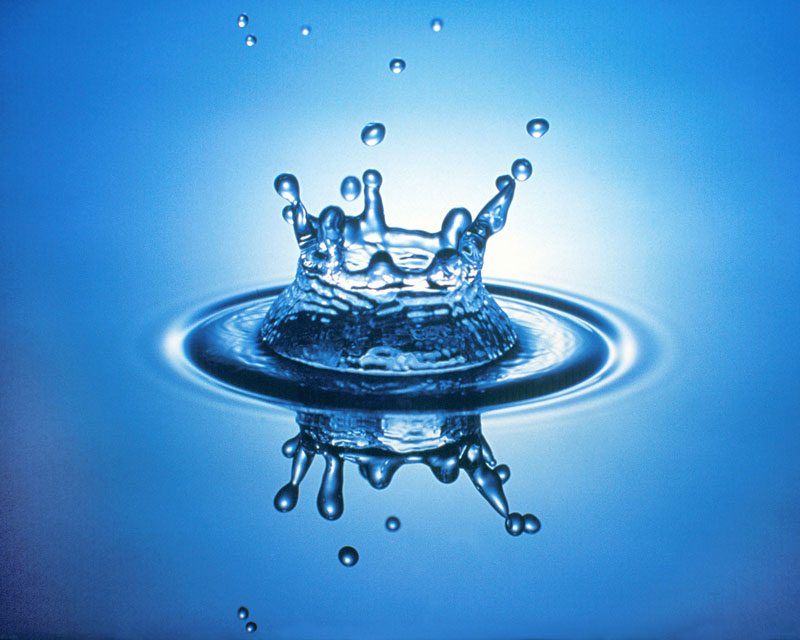Water is essential for many things in life, yet it is one of the most frequent causes of damage in homes. Consider how many rooms in your home are connected to an inside water source or are susceptible to water coming in from outdoors, and you will quickly realize how vital water damage prevention should be.
When water goes where it shouldn’t, even a small leak can become a major problem. Some damage from water is covered by your homeowners policy, some is not. Either way, most damage from water is preventable.
Quick action helps in water emergencies.
It has happened. There is water everywhere — in your walls, under your carpets and soaking into your belongings. Whether caused by a burst pipe, a broken water heater or a flood, there are things you can do immediately to salvage belongings and limit damage or loss.
- Stop the water. If the water is coming from inside your home, such as a burst pipe or water heater malfunction, shut off the main water valve immediately. (Make sure everyone in your home knows where the shutoff valve is located.)
- Turn off the utilities* – if the situation calls for it. In a serious water event, turning off the power or natural gas might be necessary to ensure your and others personal safety.
*In the case of a minor water situation there may not be a need to shut off the utilities, and doing so may leave your home without power until the utilities can be turned back on again. - Prevent electrocution. Do not use any electrical appliances if the carpet or flooring surfaces are wet. Use a wet vacuum to remove water, but check the manufacturer’s instructions before starting.
- Use fans to circulate air and encourage drying. This is especially important in the first 24-48 hours after an indoor flood.
- Get water out quickly (and safely). Fast action on your part can prevent further damage, help you save more of your belongings and minimize the time and expense of repairs. Clean up as much water as possible by mopping or blotting with towels.
- Get property to a dry location. As much as possible, move belongings to a dry area. Put furniture on blocks or slide a square of aluminum foil under furniture legs to prevent the wood stain from bleeding into carpeting.
- Remove area rugs from the floor. The dyes in carpets can stain flooring, carpeting or wood floors.
- Do not lift tacked down carpet without professional help. It could cause carpet to shrink.
- Launder any clothes or other washables that have been soaked as soon as possible.
- Wipe excess water from furniture. Open drawers and cabinet doors for faster drying. Spread out books to speed drying and prevent further damage.
- Watch for debris and pests. If water is flowing in your house there may be dislodged materials such as nails, or pests such as snakes or vermin.
- Report claims as soon as possible. The sooner you report damage, the sooner we can help you get your home and life back to normal.
- Keep track of the time spent cleaning and save receipts for the costs of any rental equipment or payments to professional services. Take photos of any damaged items you may have to discard before an insurance adjuster sees them, and make an inventory list of any damaged goods.
Want to make sure you’re covered? Get a Home Insurance Quote Today! CA Home Insurance is very affordable and a great investment for any homeowner that is looking for protection against unforeseen tragedies.

